Chipotles in adobo sauce are smoked, dried jalapeño peppers canned in a tangy tomato-based sauce made with vinegar, garlic, and spices. They offer a unique smoky, spicy flavor that's perfect for adding depth to a variety of dishes. On the Scoville scale, chipotles typically range from 2,500 to 8,000 heat units, making them medium-hot—similar to a jalapeño but with more complexity from the smoking process.
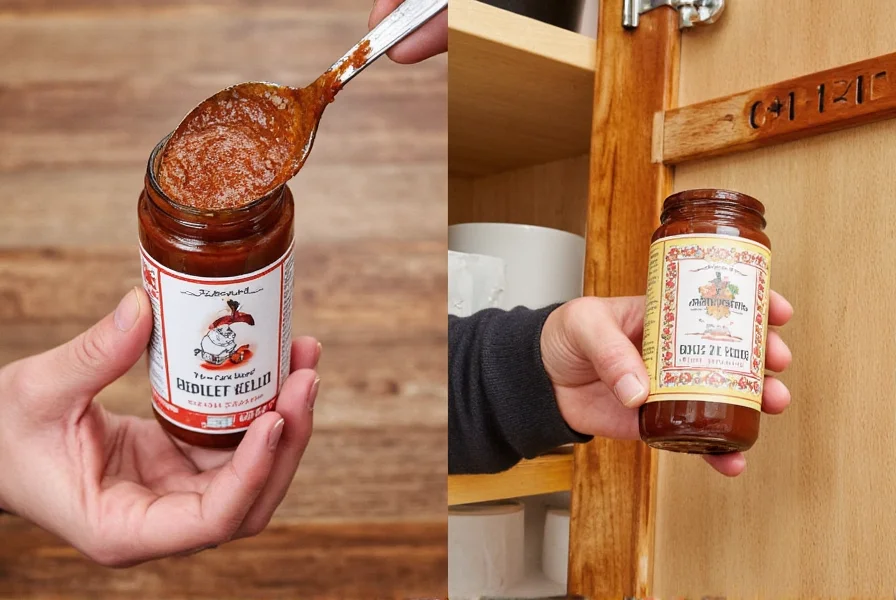
These versatile ingredients are used extensively in Mexican cuisine but have found their way into kitchens across the globe—from BBQ sauces to vegan dressings. Here's how to use and store them effectively.
Buying Guide: Choosing the Best Can for Your Kitchen
| Product | Brand | Heat Level | Texture | Best For |
|---|---|---|---|---|
| MexiGro | MexiGro Original | Moderate | Soft & pliable | Stews, marinades, sauces |
| Sabrosura | Sabrosura Premium | High | Firm & smoky | Tex-Mex dishes, tacos |
| Don Pepe | Don Pepe Organic | Medium-High | Juicy & tender | Blended sauces, dressings |
Features to Look For
- Whole chilies: Better for chopping or stuffing.
- Smokey aroma: A good indicator of quality smoke-drying process.
- Thick, red adobo sauce: This means it's full of flavor and less watery.
Storage Hacks: How to Keep That Smoky Flavor Alive
You've opened the can, used two peppers, and now you're staring at the rest wondering if it'll last until next Tuesday. Spoiler: It will—if you store it right.
Freeze in Ice Cube Trays
Chop up extra chipotles and adobo sauce, then freeze them in ice cube trays. Once frozen, pop them into a freezer bag. One cube = one serving for future recipes.

Store in Olive Oil
Transfer unused chilies and sauce into a small jar and cover with olive oil. This preserves them in the fridge for up to two months—and the oil becomes infused with smoky goodness!
Make an Instant Paste
Blend chipotles + adobo sauce + a splash of lime juice into a paste. Store in a squeeze bottle—it's like liquid gold for tacos, burgers, and grilled veggies.
Usage Hacks: From Salsa to Smoothies, Get Creative!
Once you realize how versatile chipotles in adobo sauce are, you'll find excuses to use them everywhere. Let's explore some fun and unexpected ways to put them to work:
Upgrade Your Mayo
Mix 1 teaspoon of chopped chipotle + adobo sauce into mayo. Perfect for sandwiches, wraps, and burgers. Warning: Addictive.
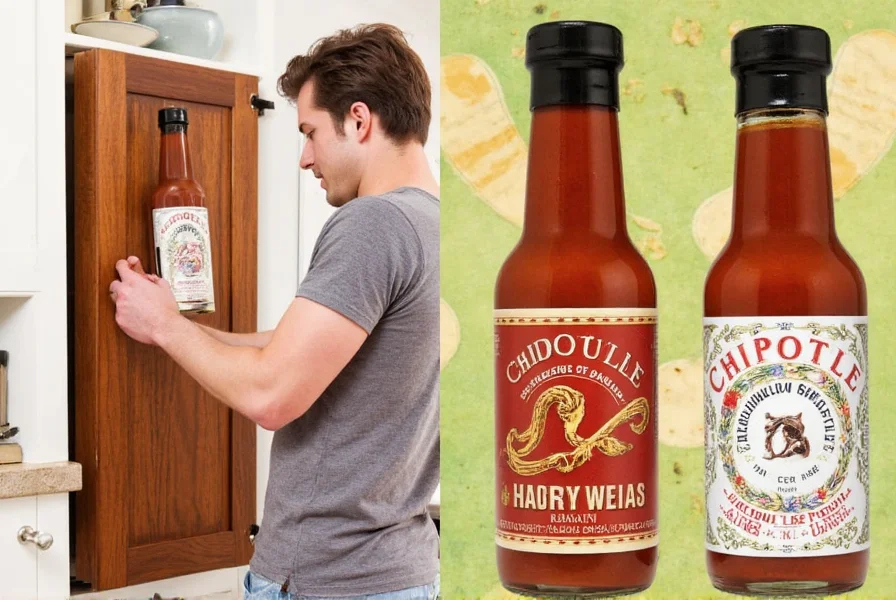
Stir Into Soups & Stews
Add depth and warmth by stirring in a spoonful of adobo sauce during the last 10 minutes of cooking. Especially great in lentil soup, tomato bisque, or black bean stew.
Make a Smoky Dressing
Blend chipotle + adobo sauce + Greek yogurt + apple cider vinegar + honey. Boom—you've got yourself a creamy, spicy dressing that slaps on salads or grain bowls.
Blend Into Hummus
Add a kick to your favorite hummus recipe by blending in one chipotle pepper and a spoonful of adobo sauce. Serve with pita chips or roasted veggies.
Infuse Your Marinade
Combine chipotle in adobo sauce with soy sauce, lime juice, garlic, and cumin for a killer meat or tofu marinade. Works wonders on chicken, pork, or portobello mushrooms.
Make a Spicy Popcorn Topping
Whisk melted butter + adobo sauce + a pinch of smoked paprika. Drizzle over popcorn for a surprisingly addictive snack.
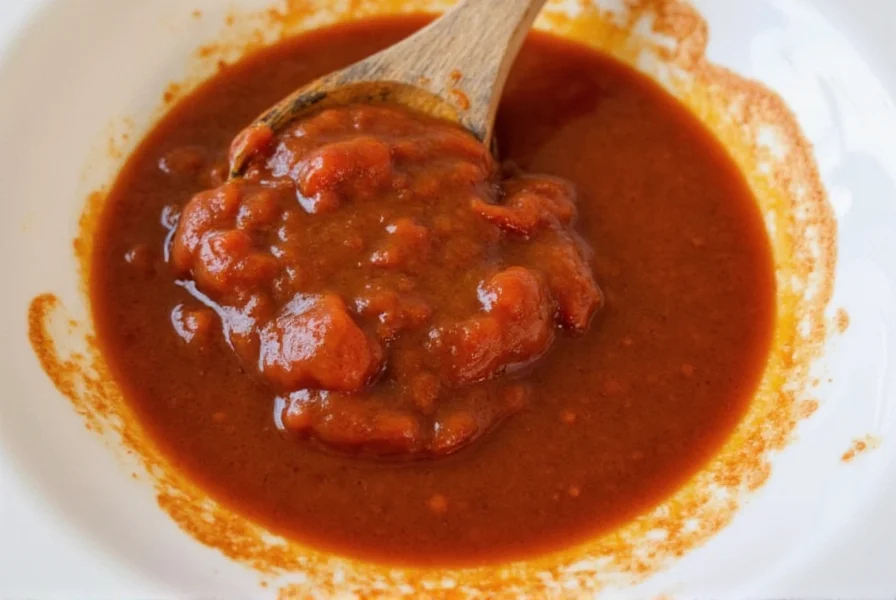
Add to a Morning Smoothie
This one's for the bold. Just a half-teaspoon of adobo sauce blended into a green smoothie adds a subtle warmth and complexity that wakes up your taste buds better than coffee ever could.
Flavor Pairings: What Goes With That Smokey Heat?
Knowing what flavors complement chipotles in adobo sauce can make your meals sing. Here are some classic pairings:
- Citrus – Lime or orange brightens the smokiness.
- Cheese – Creamy cheeses like queso fresco or goat cheese balance the heat.
- Tomato – Enhances the adobo base and deepens the savory notes.
- Avocado – Adds richness and helps mellow out the spice.
- Honey – Sweetness contrasts beautifully with the smoky spice.
Common Mistakes: Don't Burn Your Taste Buds... or Reputation
Even seasoned cooks can fumble when dealing with these little firecrackers. Avoid these blunders:
Skipping Gloves
Unless you want to rub your eyes later and experience spontaneous combustion (in your eyelids), wear gloves when handling chipotles. Capsaicin is no joke.
Adding Too Much at Once
Start with a small amount—especially if you're new to cooking with chipotles. You can always add more heat, but once you've gone full dragon breath, there's no turning back.
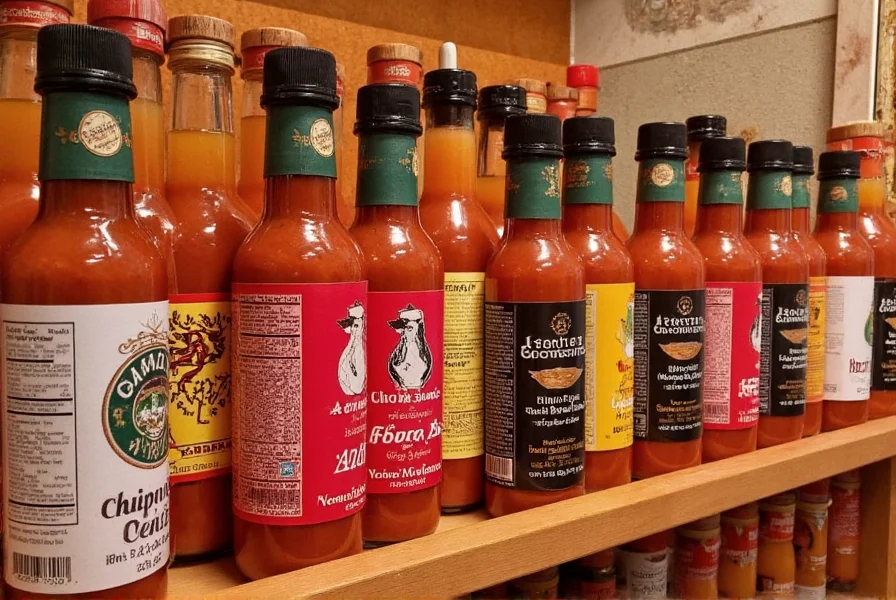
Throwing Away the Adobo Sauce
That sauce is liquid flavor gold! Use it as a secret ingredient in sauces, soups, stews, or even Bloody Marys.
Not Labeling Frozen Cubes
If you froze your chipotle cubes, label them clearly. There's nothing worse than mistaking them for basil pesto in the middle of dinner prep.
Frequently Asked Questions About Chipotles in Adobo Sauce
What exactly are chipotles in adobo sauce?
Chipotles in adobo sauce are smoked, dried jalapeño peppers that have been rehydrated and canned in a tangy, tomato-based sauce made with vinegar, garlic, and spices. The smoking process gives them their distinctive deep, smoky flavor. Despite the common misspelling "chipoltes," the correct term is "chipotles" (pronounced chi-POH-tlays).
How spicy are chipotles in adobo sauce?
On the Scoville scale, chipotles typically range from 2,500 to 8,000 units, which is medium heat – comparable to a jalapeño but with more depth from the smoking process. The adobo sauce tends to mellow the heat slightly. Remember, you can control the spiciness by using less pepper (which contains most of the capsaicin) and more sauce.
How long do chipotles in adobo last after opening?
When properly stored in the refrigerator with the peppers fully submerged in their sauce or olive oil (as described in our storage hacks), they'll last 4-6 weeks. For longer storage, freezing in ice cube trays (as we recommend) will keep them fresh for 6-8 months.
Can I substitute chipotle powder for chipotles in adobo sauce?
Yes, but with adjustments. As a general rule, 1 chipotle pepper in adobo equals about 1/2 teaspoon of chipotle powder. However, you'll need to add liquid (like tomato paste, vinegar, or water) to replicate the sauce component. For every teaspoon of chipotle powder, add 1-2 teaspoons of liquid.
What's the best way to use leftover adobo sauce?
Don't waste it! Our favorite uses for leftover adobo sauce include: mixing into mayo for a spicy spread, adding to soups and stews for depth, using as a pizza sauce base, stirring into Bloody Marys, or blending with Greek yogurt for a dipping sauce. You can also freeze it in ice cube trays for future use.
Are chipotles in adobo sauce gluten-free?
Most brands of chipotles in adobo sauce are naturally gluten-free, as they contain just peppers, tomatoes, vinegar, garlic, and spices. However, always check the label as some brands might use thickeners or additives that contain gluten. If you're strictly gluten-free, look for certified gluten-free labels.
Why are my chipotles in adobo so hard?
If your chipotles seem unusually hard, they may be older stock or have been improperly stored. Fresh chipotles in adobo should be soft and pliable. Try simmering them in a bit of broth, water, or even the adobo sauce itself for 5-10 minutes to soften them before using.
Can I make my own chipotles in adobo sauce?
While traditional chipotles require smoking fresh jalapeños (which is difficult to replicate at home), you can make a reasonable approximation. Rehydrate dried chipotle peppers in hot water, then blend with tomato paste, vinegar, garlic, oregano, and spices. Simmer for 15-20 minutes until thickened. It won't be identical to canned versions but works in a pinch.
Final Thoughts: Keep Calm and Cook Spicy
Chipotles in adobo sauce are more than just a spicy afterthought—they're a kitchen staple that brings depth, drama, and deliciousness to any dish. With the right storage techniques and creative usage hacks, you'll never look at that little can the same way again.
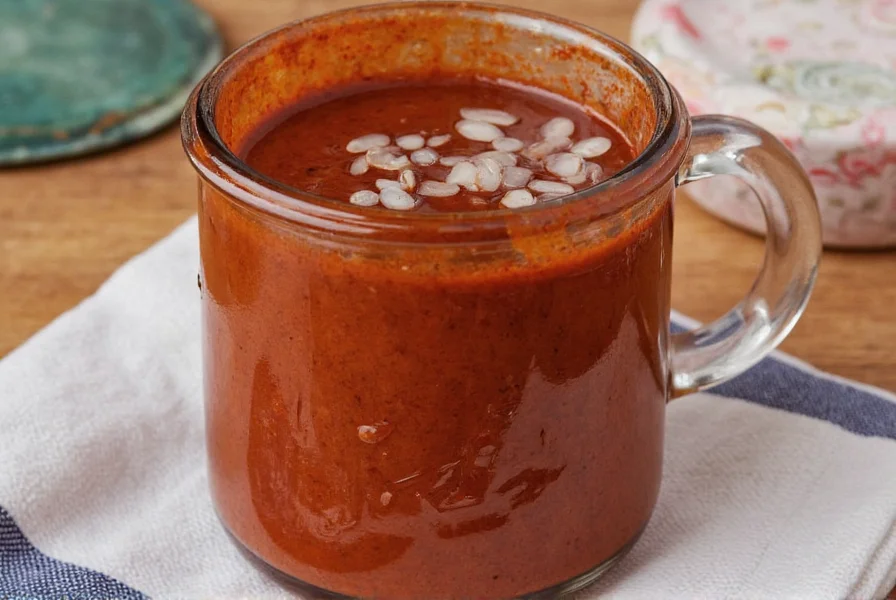
So go ahead—embrace the heat, get playful with flavors, and remember: When in doubt, reach for the adobo sauce. Your taste buds (and maybe your dinner guests) will thank you.

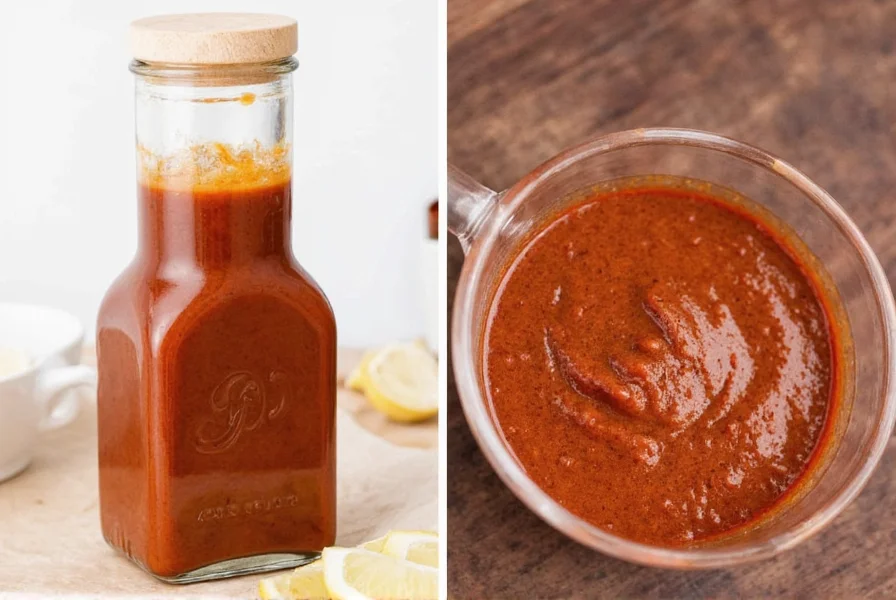









 浙公网安备
33010002000092号
浙公网安备
33010002000092号 浙B2-20120091-4
浙B2-20120091-4